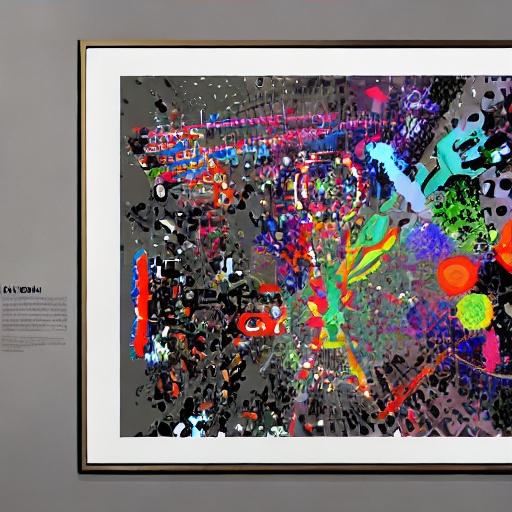Are you confused about all the buzz around NFTs? You’re not alone! Non-Fungible Tokens (NFTs) have become the new hot topic in the digital world, making headlines and leaving people scratching their heads. So, let’s dive into the concept behind NFTs and unravel the mystery.
To understand NFTs, we first need to grasp the term “non-fungible.” In simple terms, something that is fungible can be exchanged on a one-to-one basis. For example, cryptocurrencies like Bitcoin are fungible because you can exchange one Bitcoin for another, and they have the same value. However, non-fungible items cannot be exchanged on a like-for-like basis since they possess unique features or properties that distinguish them from one another.
This uniqueness is what NFTs leverage to create a digital representation of ownership for various types of assets, such as artworks, music, collectibles, and even virtual real estate. Built on blockchain technology, NFTs provide a decentralized and transparent way of proving ownership and authenticity.
Think of NFTs as digital certificates of ownership. When you purchase an NFT, you gain ownership rights to a specific digital asset, be it a JPEG, GIF, video file, or any other form of digital content. The blockchain records this ownership transaction, ensuring its proof and establishing you as the legitimate owner.
But wait, you might ask, why would someone pay a significant amount of money for something that can be easily copied? This is where the concept of scarcity comes into play. While digital content can be replicated, NFTs allow you to own the original piece – the “official” version. It’s like purchasing a unique collector’s item; you possess the original, while others may only have copies.

Now, let’s address the elephant in the room – the mind-boggling price tags associated with some NFTs. Artists, musicians, and creators have been able to monetize their digital works in ways that were previously unimaginable. By selling their creations as NFTs, artists can receive a royalty every time their NFT is resold on the secondary market. This provides a powerful income stream and a potential breakthrough for independent creators.
Moreover, NFTs revolutionize the notion of digital ownership. Traditionally, when you buy digital content, you don’t really own it. You pay for the ability to access and consume the content, but the copyright and ownership generally remain with the creator or platform. With NFTs, you truly own the digital asset, allowing you to display, transfer, or sell it at will.
However, it’s crucial to note that not everything can or should be turned into an NFT. The value of an NFT lies in its uniqueness and perceived worth. While digital art dominates the current NFT scene, other potential areas include virtual real estate in video games, music rights, and iconic moments in sports or entertainment.
NFTs have captured the attention of collectors, investors, and digital enthusiasts alike. Their rapid rise has undeniably caused a stir, leading to debates over sustainability, environmental impact, and market speculation. As more people embrace the concept, it will be interesting to see how NFTs evolve and disrupt various industries.
